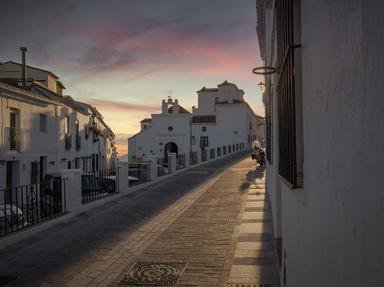
Autonomous Communities of Spain Test | Europe
Since 1983 Spain is divided in 17 autonomous communities and two autonomous cities. Can you match the names of the following ten administrative divisions to three of their major cities?
A matching quiz
by JanIQ.
Estimated time: 3 mins.
- Home
- »
- Quizzes
- »
- Geography Trivia
- »
- Europe
- »
- Spain